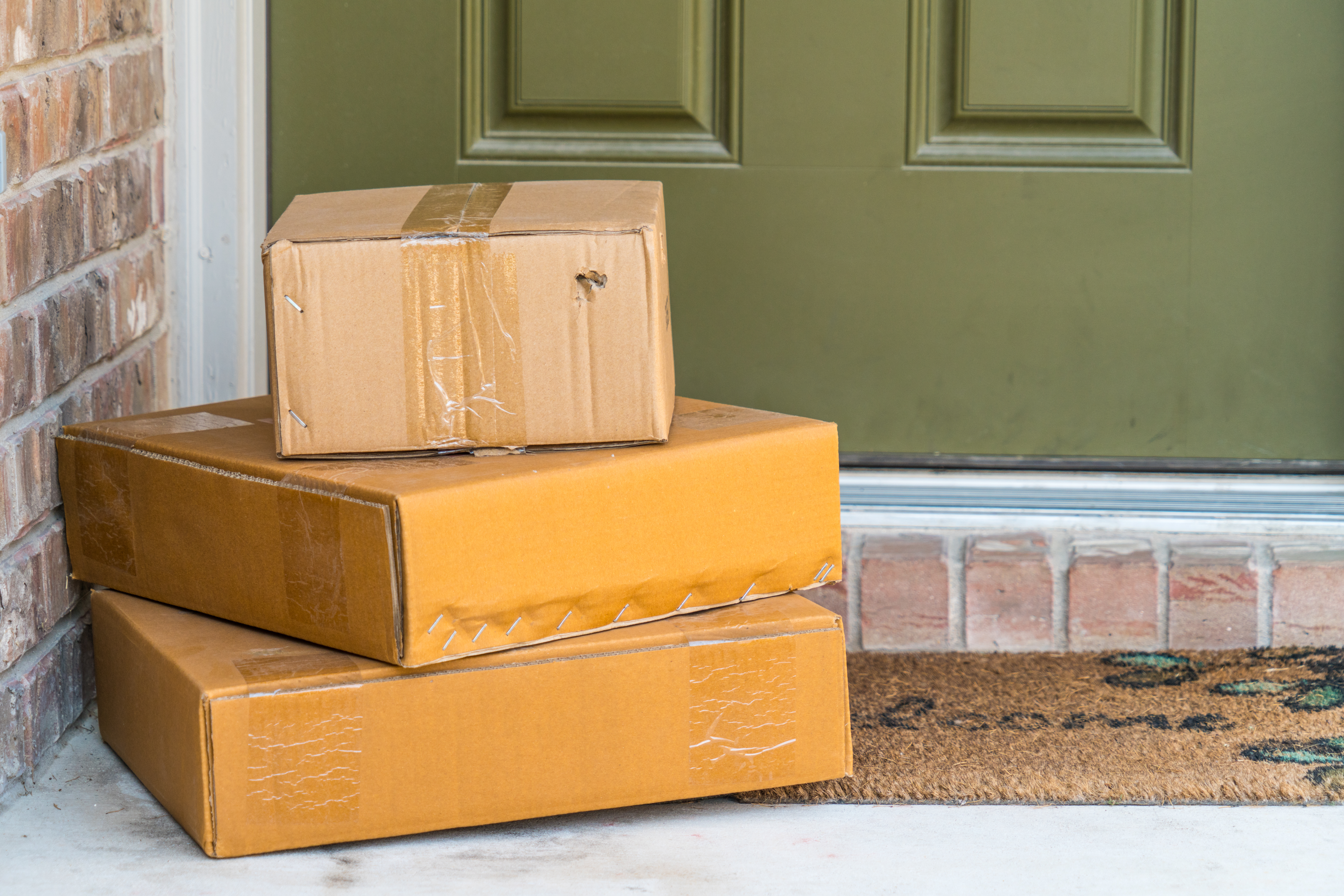A new report has shown that overall delivery satisfaction levels have fallen, emphasising that ecommerce brands still need to guard against complacency when it comes to the complex job of fulfilling items ordered online.
IMRG’s annual Consumer Home Delivery report, a survey of 1,000 UK respondents that has been running for 14 years, highlighted that post-pandemic changes in customer preferences may be making life trickier for ecommerce brands.
It found overall delivery satisfaction levels have fallen by 5% points, from 92% in 2020 to 87% today.
During the pandemic, retailers could concentrate on their home delivery strategy rather than the influx of delivery options customers demand today. As delivery strategies become more complex, at a time when carriers are facing increased cost pressures as they strive to meet differing customer needs, 44% of customers admit that delivery concerns have prevented them from shopping online, an increase of 4% from 2021.
According to IMRG’s report, the most common reason why deliveries aren’t completed is that no-one was home to receive it or it could not be left (38%), suggesting that more communication is needed between the customer and retailer – or their fulfilment provider – to better meet customers’ expectations.
While fewer customers in 2022 opted for Click & Collect services as an alternative to home delivery (42% compared to 63% in 2019) this could partly be because customers have invested in creating a ‘safe space’ for parcels when they are not home.
Most customers who have opted for Click & Collect as the delivery option did so at a retailer’s store (82%), but 40% have previously used a third-party location. When asked about their ideal location to collect a parcel, the convenience store/supermarket was the most popular choice at 60%. This is a stark contrast to the least desirable, the petrol station, at 26%.
“Satisfaction levels with online delivery have fallen back a bit, but this is perhaps to be anticipated following the covid period where people became heavily reliant on it,” said Andy Mulcahy, strategy and insight director at IMRG.
“An interesting trend emerging in the data now is that expectation may have peaked to some extent; the percentage expecting next-day delivery as standard shot up between 2020 and 2021, but fell away from 29% to 24% in 2022, while the percentage thinking 2-3 days is expected went up from 55% to 59%. An outstanding challenge that is becoming a bigger issue arguably is around charging for delivery, with attitudes hardening around wanting both free delivery and returns.”










